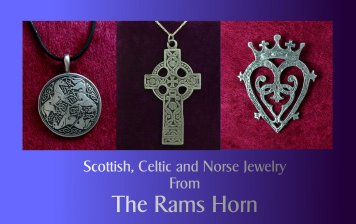HOME | home
Chautauqua Sleigh Rally | Maxwell's Thistledown Kennel | Roadsho Kennels | Beth's Iron Cooking Pages | Twa Corbies | Stedman Corners, NY | Maxwell Family | 7th Annual Jamestown Regional Celtic Festival | Boyle Family Page | Turlough Og O'Boyle | Barpa Langass | Saint Mary's Chapel | Chautauqua County | Photos of Chautauqua | Boyle'sPets | Beth Boyle's Rock Garden | More Garden Photos
Saint Mary's Chapel
Mount Lothian
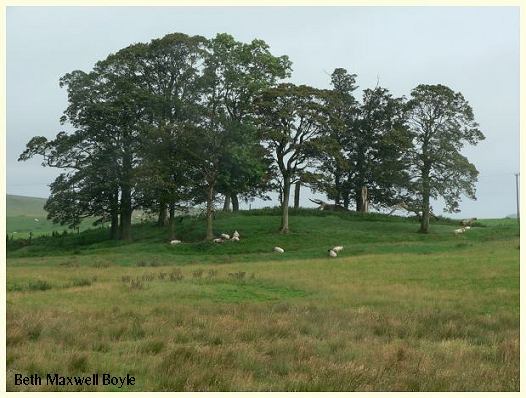
Notes on St. Mary's Chapel
by Beth M. Boyle and Keith Campbell
The Chapel of Saint Mary was named for Mary Magdalene and was build on the knoll of a rounded hill that is known as Mount Lothian. One can still tread on this holy ground on which grow thirteen noble sycamore trees in a grove. It should be noted that Mount Lothian is named after King Lot who it is said to have made his home there. This legendary ruler of the Lothians was said to be the father of Gawain and his brothers. He was also said to be the husband of King Arthurís sister Anna.
The 13 trees may have been established on this mystical spot because Christ was crucified on a thirteenth day and thirteenth centuries later St Mary's Chapel was built by Cistercian monks to mark the outer circle of the Templar Knights prefecture. Mount Lothian marked the western outpost of Balentradoch, the Templar headquarters of Scotland. It was the location of a Cistercian abbey to which the chapel belonged. In this chapel on the sycamore coppice Sir William Wallace was knighted.
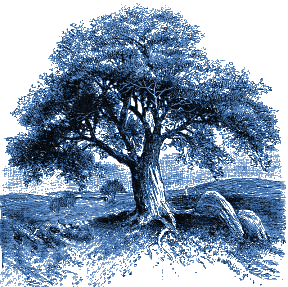
There stand thirteen Sycamores on a mystic mound.
William Wallace returned to Scotland early in December 1297 and was knighted. He was proclaimed guardian of the kingdom thus ruling in Balliol's name. During the Battle of Roslin in 1303 some 8,000 Scots bested an English army of 30,000. Wallace had declined to take command of the army so it fell to Cromyn to lead them into battle. Cistercian monks did their part by setting up a wooden cross that shined as a beacon in the morning over the Pentland hills. The signal seemed to the Scots army to be heaven sent and the Saltire gave them courage.
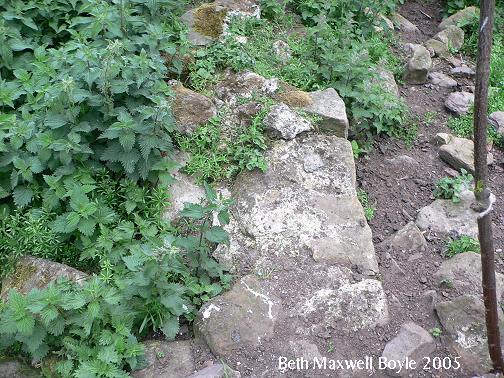
Wall of Saint Mary's Chapel
Today there is little of the chapel left but sections of the walls can be seen and there is a very special feeling that comes over you as you stand there on the spot Sir William Wallace was knighted. It could well be this was a holy site long before it was a Christian place of worship. It is well known that many early churches were built over holy wells or other pagan sacred places.
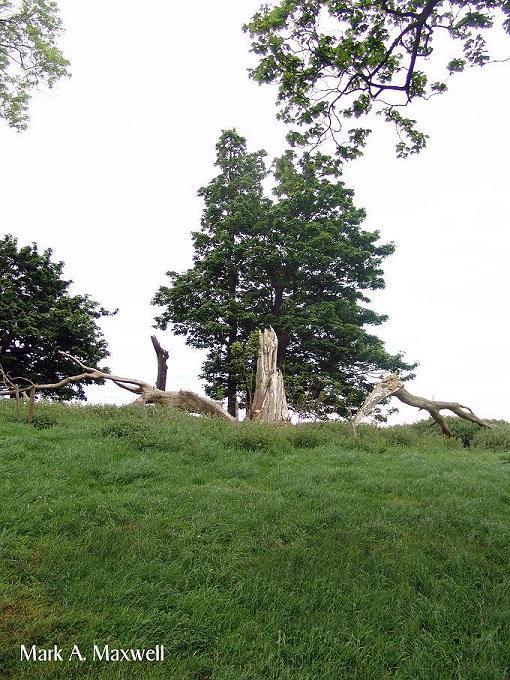
One of the telluric ley lines traversing Scotland has been named the "Rose Line" and it passes through the Chapel at Roslin as well as through Mount Lothian where the ruins of St. Mary's Chapel are located.

Roseline Da Vinci Ltd
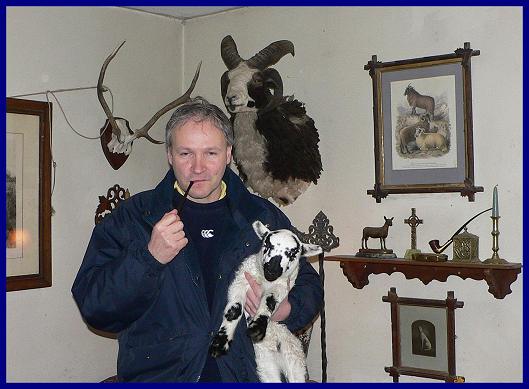

copyright 2007 , Keith Campbell and Beth Maxwell Boyle, All Rights Reserved
No part of this website may be used for any purpose ( including using images )
without written consent
.



